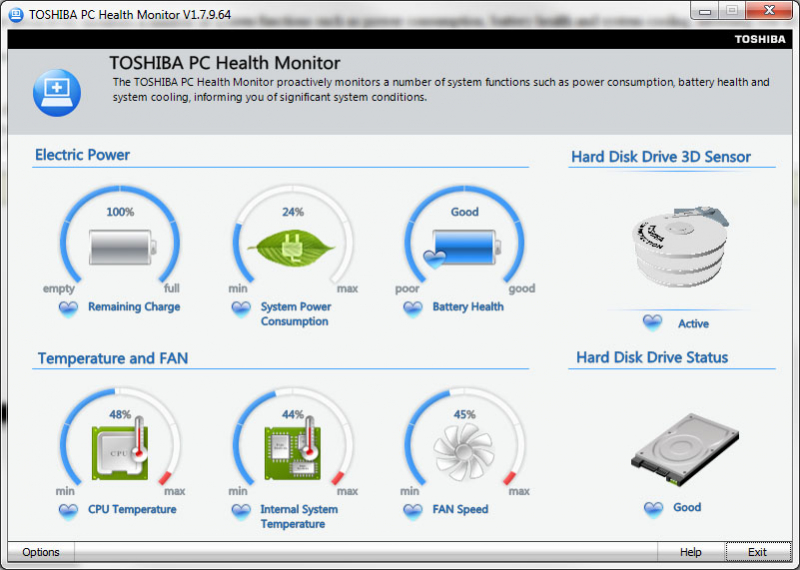


Can be extended to profile any method in your code. Can be used to view exceptions, logs, and much more.

.NET MONITOR TOOLS CODE
NET CLR profiler and uses the same technology that powers Stackify’s APM product for monitoring server apps. Requires no code or config changes to work! Automatically tracks the performance of 30+ common.
.NET MONITOR TOOLS WINDOWS
We proactively use the Visual Studio Profiler and ANTS to tune the performance of our Windows monitoring agent. This can be a huge lifesaver when you are having one of those bad days and need to urgently find the problem. You can then typically drill down to even which line of code in your app is using the most CPU. This enables them to show you the “hot path” within your code to see which methods are using the most CPU. NET MSIL bytecode at a low level to understand each operation your code performs. Proactive performance tuning: Optimizing CPU usage for some apps is a never ending job.Ī standard.CPU usage is out of control: If your server CPU is extremely high and you have no idea why, a profiler may be your last resort to figure out why.High memory usage: Profilers are extremely powerful when it comes to tracking down memory leaks and optimizing memory usage.These simply aren’t needed day to day for apps that a lot of developers create. I would venture to guess that the vast majority of developers have never or very rarely use these types of profilers. I’ve had my fair share of multi-day marathon profiling sessions trying to find obscure memory leaks. These tools are a lifesaver when you need them, but they are very resource intensive and slow you down when using them. It usually means you are chasing some bad CPU or memory usage problems. Most likely if you are using a profiler of some form, you are having a bad day. NET profiler, ANTS, dotTrace, SciTech and YourKit. These tools include CLR profiler products like Visual Studio’s.


 0 kommentar(er)
0 kommentar(er)
